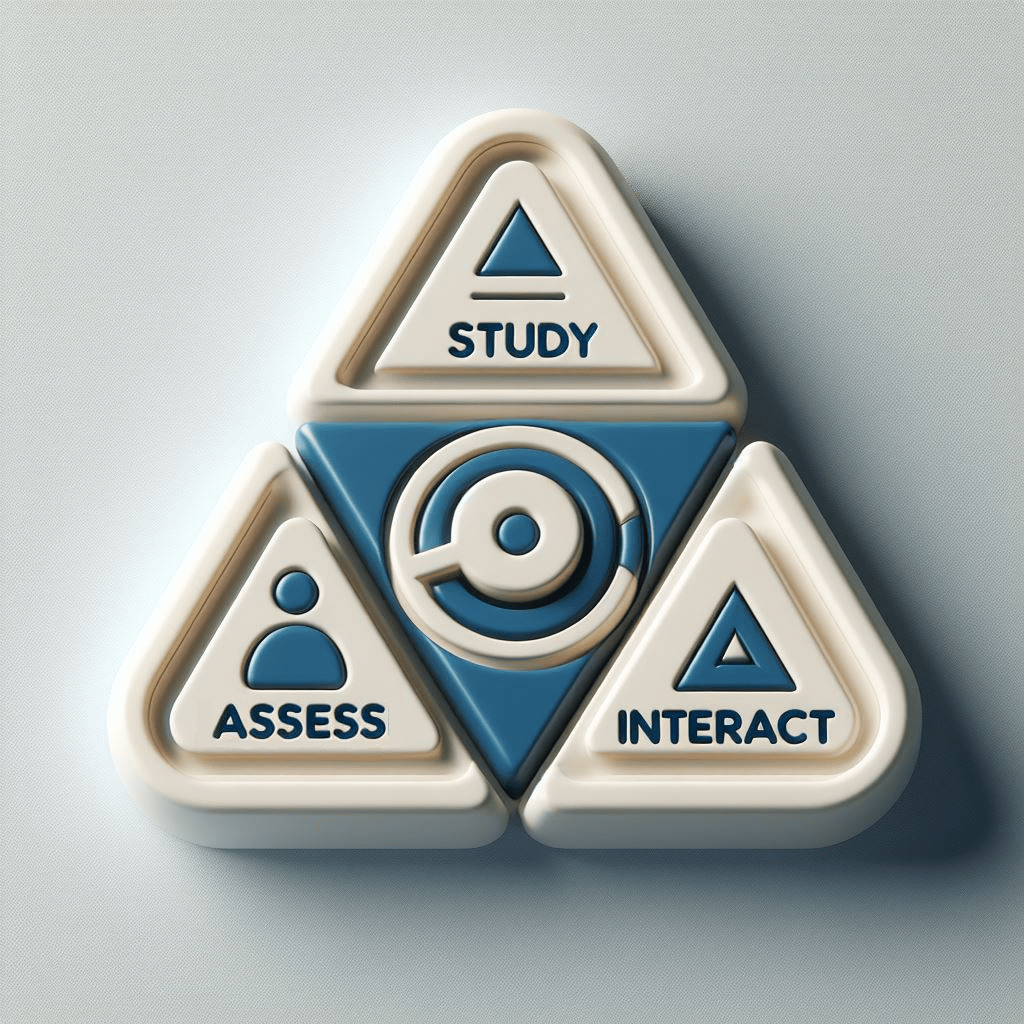Your cart is currently empty!
Level: Class | Subject
Class Level Content Of A Subject
The Other Side of Zero | Assess
The Other Side of Zero | Study
Visualising Solid Shapes | Assess
Visualising Solid Shapes | Study
Wastewater Story | Assess
Wastewater Story | Study
CBSE 10 | Science | Assess
CBSE 6 | Mathematics | Assess
CBSE 6 | Science | Assess
The Other Side of Zero | Assess
Assessment Tools
Assign | Assess | Analyse
Quick Quiz
Objective Assessment
Question Bank
List Of Questions With Key, Aswers & Solutions
Back To Learn
Re – Learn
Go Back To Learn Again
The Other Side of Zero | Study
Mind Map Overal Idea Content Speed Notes Quick Coverage Content : (Scroll down till end of the page) Study Tools Audio, Visual & Digital Content Content … Key Terms Topic Terminology Term Important Tables Table: . Assessments Test Your Learning readmore
Mind Map
Overal Idea
Content
Speed Notes
Quick Coverage
Content : (Scroll down till end of the page)
Study Tools
Audio, Visual & Digital Content
Content …
Key Terms
Topic Terminology
Term
Important Tables
Table:
.
Visualising Solid Shapes | Assess
Assessment Tools
Assign | Assess | Analyse
Quick Quiz
Objective Assessment
Question Bank
List Of Questions With Key, Aswers & Solutions
Back To Learn
Re – Learn
Go Back To Learn Again
Visualising Solid Shapes | Study
Mind Map Overal Idea Content Speed Notes Quick Coverage The circle, thesquare, the rectangle, the quadrilateral and the triangle are examples of plane figures; the cube, the cuboid, the sphere, the cylinder, the cone and the pyramid areexamples of solid shapes. (Scroll down till end of the page) Study Tools Audio, Visual & Digital Content readmore
Mind Map
Overal Idea
Content
Speed Notes
Quick Coverage
The circle, thesquare, the rectangle, the quadrilateral and the triangle are examples of plane figures; the cube, the cuboid, the sphere, the cylinder, the cone and the pyramid areexamples of solid shapes. (Scroll down till end of the page)
Study Tools
Audio, Visual & Digital Content
Plane figures areof two-dimensions (2-D) and the solid shapes are of three- dimensions (3-D). The corners of a solid shape are called its vertices; theline segments ofits skeleton areits edges; and itsflat surfaces areits faces. A net is a skeleton-outline of a solid that can be folded to make it. The same solid can haveseveral types ofnets. Solid shapes can be drawn on a flat surface (like paper) realistically. We call this 2-D representation of a 3-Dsolid. Two types ofsketches of asolid are possible: (a) An oblique sketch does nothave proportional lengths. Still it conveys all important aspects of the appearance of the solid. (b) An isometric sketch is drawn on an isometric dot paper, a sample of which isgiven at theend of thisbook. In an isometric sketch of the solidthe measurements kept proportional. Visualising solidshapesis a veryuseful skill. Youshould be ableto see ‘hidden’ parts of thesolid shape. Different sections of a solid can be viewed in many ways: (a) One way is to viewby cutting or slicing the shape, whichwould result in the cross- section of thesolid. (b) Another way isby observing a 2-D shadow of a 3-Dshape. (c) A third wayis to lookat the shapefrom different angles; the front-view, theside- view and thetop view canprovide a lotof information aboutthe shape observed.
19. When a grouping symbol preceded by ‘ sign is removed or inserted, thenthe sign of eachterm of thecorresponding expression ischanged (from ‘ + ‘ to ‘−’ and from‘− ‘ to + ‘).
Hindi Version Key Terms
Topic Terminology
Term
Important Tables
Table:
.
Wastewater Story | Assess
Assessment Tools
Assign | Assess | Analyse
Quick Quiz
Objective Assessment
Question Bank
List Of Questions With Key, Aswers & Solutions
Back To Learn
Re – Learn
Go Back To Learn Again
Wastewater Story | Study
Mind Map Overal Idea Content Speed Notes Quick Coverage Wastewater: Black-brown water which is rich in lather , mixed with oil that goes down the drains from skins, showers, toilets, laundries is called wastewater. sewage: Wastewater is generated in homes, industries, agricultural fields and in other human activities. This is called sewage. (Scroll down till readmore
Mind Map
Overal Idea
Content
Speed Notes
Quick Coverage
Wastewater: Black-brown water which is rich in lather , mixed with oil that goes down the drains from skins, showers, toilets, laundries is called wastewater.
sewage: Wastewater is generated in homes, industries, agricultural fields and in other human activities. This is called sewage. (Scroll down till end of the page)
Study Tools
Audio, Visual & Digital Content
Sewage is a liquid waste which causes water and soil pollution.
Wastewater is treated in a sewage treatment plant.
Treatment plants reduce pollutants in wastewater to a level where nature can take care of it.
Where underground sewerage systems and refuse disposal systems are not available, the low cost on-site sanitation system can be adopted.
By-products of wastewater treatment are sludge and bio gas.
Open drain system is a breeding place for flies, mosquitoes and organisms which cause diseases.
We should not defecate in the open. It is possible to have safe disposal of excreta by low cost methods.
Sewage Treatment:
Aeration: Air is bubbled through the wastewater while it is continuously stirred.
Filtration: Aerated water passes through a deep filter of layered sand, fine gravel and medium gravel.
Chlorination: Chlorine is added and mixed to the filtered water until water is clear.
Wastewater Treatment Plant (WWTP):
Wastewater passes through screens to remove large objects.
To go to a grit and sand removal tank at low speed.
Water is allowed to settle in large tank.
Floating solids are removed with skimmer.
Settled solids (sludge) are removed with scraper.
Clear water is called clarified water.
Water is then decomposed by anaerobic bacteria in a tank and air is passed.
Microbes settled at bottom as activated sludge and water from top is removed.
Hindi Version Key Terms
Topic Terminology
Term
Important Tables
Table:
.


